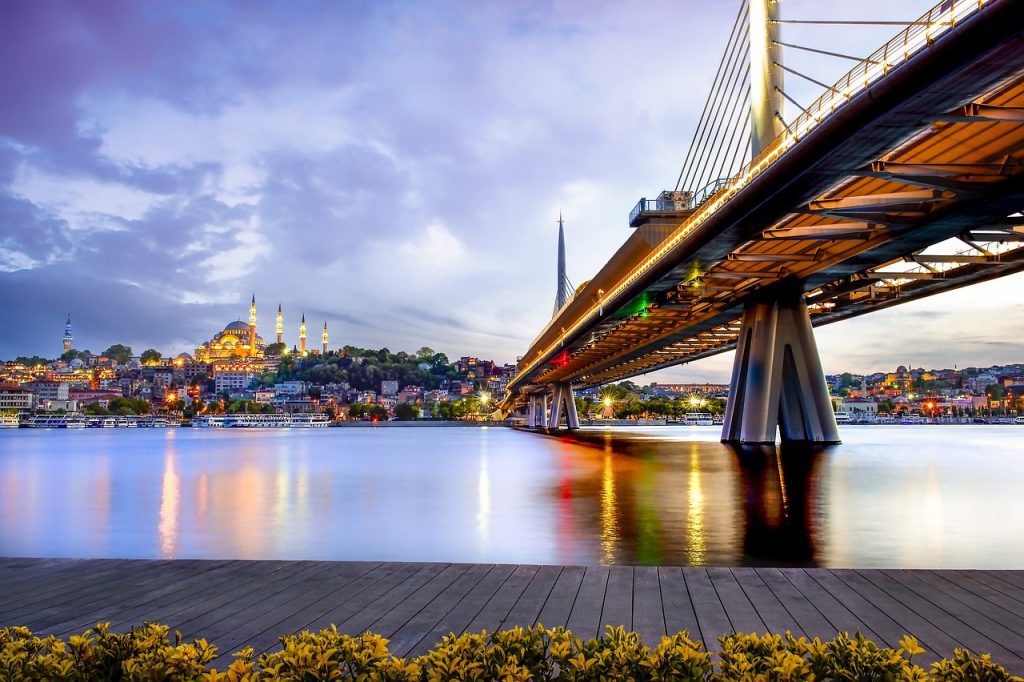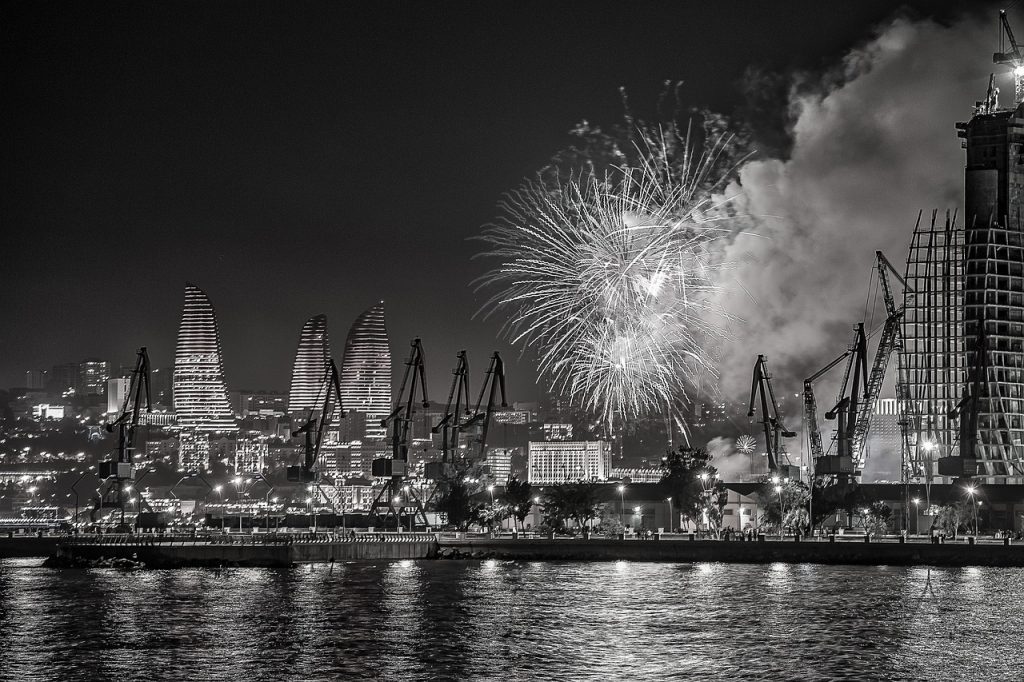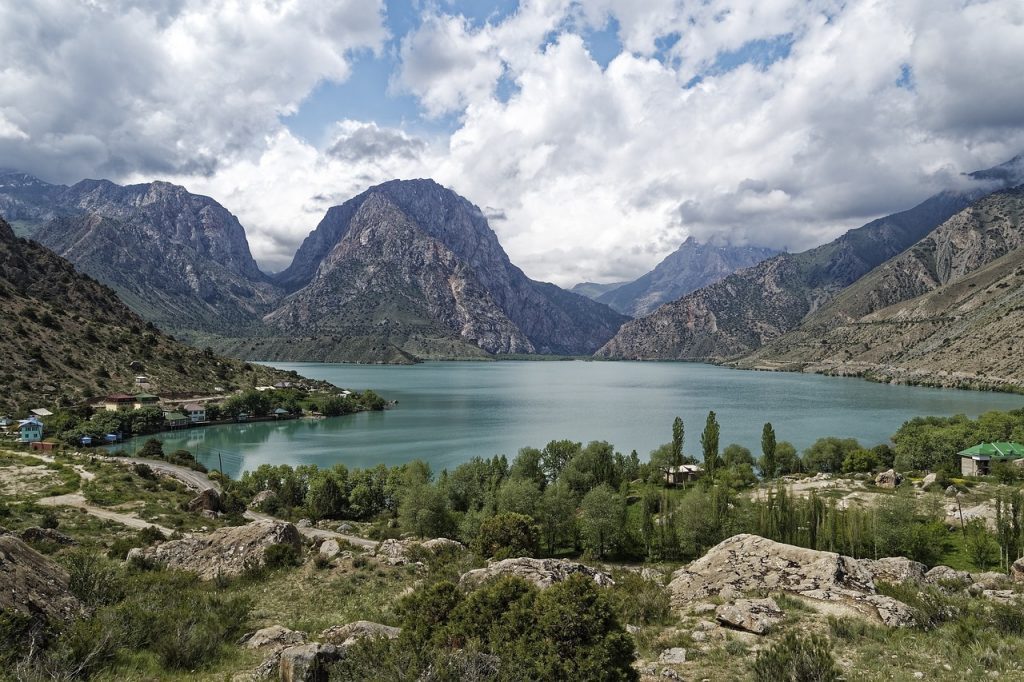Asia is the largest continent in the world with over 40 countries represented. As to be expected, the continent is also rich with diverse cultures and landscapes, offers a treasure trove of experiences for travelers. Finding the best time to visit Asia and explore this captivating region requires careful thought about various factors.
Let’s explore the weather, crowds, cultural experiences, and wilderness adventures to identify the best time to go to Asia. Asia, like Europe, is a frequent destination where travelers will explore multiple countries in a single visit.
Exploring Asia based on Weather
Asia’s weather varies widely by region, making timing essential. For comfortable temperatures and less rainfall, consider visiting Southeast Asia during the dry season from November to February. Temperatures range from a pleasant 75-90°F (24-32°C), making it perfect for outdoor exploration and sightseeing.
Asia is the largest and most diverse continent, encompassing a wide range of climates and weather patterns. It’s important to note that Asia’s seasonal weather can vary significantly from one region to another due to its vast size and geographical diversity. Here’s a general overview of the seasonal weather in Asia, with temperatures displayed in Fahrenheit (Celsius), and highlighting significant factors affecting travel:
1. Northern Asia:
- Spring (March to May):
- Spring temperatures in northern Asia can range from 32°F (0°C) to 59°F (15°C).
- Northern Asia experiences a gradual thaw after the cold winter months.
- Summer (June to August):
- Summer in this region can be hot, with temperatures ranging from 68°F (20°C) to 95°F (35°C) or higher.
- Some parts of northern Asia, particularly Siberia, can experience extreme heat during the summer months.
- Autumn (September to November):
- Autumn temperatures range from 32°F (0°C) to 59°F (15°C).
- This is a transitional season with cooler weather and changing foliage.
- Winter (December to February):
- Winters in northern Asia can be extremely cold, with temperatures often below freezing, ranging from -22°F (-30°C) to 14°F (-10°C).
- The winter season can bring heavy snowfall, ice, and freezing temperatures.
2. Eastern Asia (China, Japan, Korea):
- Similar to Northern Asia:
- Eastern Asia experiences similar seasonal patterns to northern Asia, with variations depending on the specific region.
- Monsoon Seasons:
- Some parts of eastern Asia, particularly southern China, experience monsoon seasons with heavy rainfall during the summer months, which can affect travel plans.
3. Southeast Asia (Thailand, Vietnam, Indonesia):
- Tropical Climate:
- Fahrenheit: Southeast Asia has a tropical climate with high temperatures year-round, ranging from 77°F (25°C) to 95°F (35°C).
- This region experiences high humidity and is known for its hot and humid weather.
- Monsoon Seasons:
- Southeast Asia has distinct wet and dry seasons, with monsoon rains from May to October. Travelers should be prepared for heavy rainfall during the monsoon season.
4. South Asia (India, Sri Lanka):
- Variety of Climates:
- South Asia has diverse climates, with the northern parts experiencing distinct seasons, including hot summers and cold winters, while the southern regions have a tropical climate year-round.
- Monsoon Seasons:
- Like Southeast Asia, South Asia also experiences monsoon seasons, with heavy rainfall from June to September.
5. Western Asia (Middle East):
- Desert Climate:
- Fahrenheit: Western Asia, particularly in desert regions like the Arabian Desert, can be extremely hot, with summer temperatures often exceeding 104°F (40°C).
- Celsius: Temperatures in these areas can range from 40°C to higher.
- Dry Conditions:
- Western Asia is known for its arid and dry conditions, with very little rainfall.
In summary, Asia’s seasonal weather varies widely across the continent, from the extreme cold of northern Asia to the tropical heat of Southeast Asia. Monsoon seasons can affect travel plans in many parts of Asia, so it’s essential to consider regional climate patterns when planning your trip.
Additionally, the best time to visit Asia depends on the region and your preferences for weather and the activities you want to engage in during your travels.
Visiting Asia with Crowds in Mind
To relish Asia’s wonders without the masses, plan your visit during the shoulder seasons of spring (March to May) and autumn (September to November). These months offer a serene atmosphere, allowing you to appreciate iconic landmarks and local gems with fewer tourists around.
The shoulder season with more northern parts of Asia will shorten occurring in the spring during the months of April and May and in the fall during the months of September and October.
Discovering Asia’s Cultural Experiences
Immersing yourself in Asia’s rich heritage and diverse culture is a highlight of any visit. Attend local festivals, savor regional cuisines, and embrace the warmth of Asian hospitality. Events like Diwali in India(October/November) and Songkran in Thailand (April) offer authentic glimpses into the continent’s vibrant traditions.
Asia is rich with iconic cultural events that showcase the diversity of its cultures, traditions, and festivities. Here are 10 of the most iconic annual cultural events that take place across the continent:
- Chinese New Year (Lunar New Year) – Various Asian Countries (January/February): Celebrated across multiple Asian countries, including China, Hong Kong, Taiwan, and Singapore, Chinese New Year marks the beginning of the lunar calendar. The date varies, usually falling in January or February. It’s characterized by colorful parades, dragon dances, lantern festivals, and traditional feasting.
- Diwali – India, Nepal, and Other Countries (October/November): Diwali, the Festival of Lights, is celebrated by Hindus, Sikhs, and Jains in India, Nepal, and other countries. It usually takes place in laterOctober or November and is marked by illuminated homes, fireworks, decorative rangoli designs, and religious ceremonies.
- Songkran (Thai New Year) – Thailand (April): Songkran, celebrated from April 13th to 15th, marks the Thai New Year. It’s famous for its vibrant water fights, where people splash water on each other to symbolize washing away the old year’s misfortunes and welcoming the new year with freshness.
- Naadam Festival – Mongolia (July): The Naadam Festival, held from July 11th to 13th, is a traditional Mongolian event featuring the “Three Manly Games” of wrestling, horse racing, and archery. It’s a showcase of Mongolian culture, athleticism, and heritage.
- Holi – India, Nepal, and Other Countries (March): Holi, the Festival of Colors, is celebrated in Marchacross India, Nepal, and other countries. Participants throw colorful powders at each other, symbolizing the arrival of spring and the victory of good over evil.
- Loy Krathong – Thailand (November): Loy Krathong, celebrated on the full moon night of the 12th lunar month (usually in November), involves floating small, decorated rafts (krathongs) on waterways. It’s a symbolic act of letting go of negativity and making wishes.
- Gion Matsuri – Kyoto, Japan (July): The Gion Matsuri, one of Japan’s most famous festivals, takes place in July in Kyoto. It features elaborate processions of traditional floats (yamaboko) adorned with art and history.
- Lantern Festival – Taiwan (February): The Lantern Festival, celebrated on the 15th day of the Lunar New Year (usually in February), is marked by colorful lantern displays, parades, and performances. It symbolizes the end of the Lunar New Year celebrations.
- Thaipusam – Malaysia, Singapore, India (January/February): Thaipusam, observed by Hindus in Malaysia, Singapore, and India, usually falls in January or February. Devotees pierce their bodies with hooks and skewers as acts of devotion and penance.
- Boryeong Mud Festival – South Korea (July): The Boryeong Mud Festival, usually held in July, is a playful event where participants indulge in mud wrestling, mud sliding, and other mud-based activities on Daecheon Beach.
These iconic cultural events offer a glimpse into the diverse and vibrant tapestry of Asian traditions. Whether you’re drawn to vibrant festivals, historic processions, or unique rituals, these events provide a unique window into the rich cultures of Asia.
Plan your travel around these festivities to immerse yourself in these extraordinary experiences. However, with several countries targeting these celebration and cultural activities in the months of January and February, you may need to plan multiple visits if you truly want to experience the highlights of Asian culture.
Exploring Asia’s Wilderness & Nature Experiences
Asia’s natural beauty beckons outdoor enthusiasts. For trekking, wildlife spotting, and exploring national parks, consider visiting during the cooler months of autumn (September to November) and spring (March to May)for pleasant weather.
You can explore each country and related destinations in more detail by searching or navigating this site.
Other Essential Seasonal Considerations:
- Monsoon Season: In some parts of Asia, monsoon season brings heavy rains. Be cautious and check the monsoon forecast for regions like Southeast Asia from June to October.
- Cherry Blossom Season: In countries like Japan and South Korea, the cherry blossom season in spring (March to April) is stunning, attracting visitors for its fleeting beauty.
- Chinese New Year: Celebrated across various Asian countries, including China, Hong Kong, and Singapore, Chinese New Year is a festive occasion usually falling in January or February. It’s marked by parades, dragon dances, and vibrant celebrations.
- Ramadan: For a unique cultural experience, consider visiting during Ramadan in Muslim-majority countries such as Indonesia, Malaysia, and Turkey. Be mindful of respectful behavior during this fasting month.
- Golden Triangle Trekking: If trekking in the Himalayas interests you, the best time is during the dry months of October to April.
- Wildlife Viewing: In countries like India and Nepal, wildlife viewing is best during the dry months of October to March.
In conclusion, determining the best time to visit Asia depends on your interests and the experiences you seek. Whether you’re captivated by historical sites, cultural festivals, or exploring natural wonders, Asia offers a rich tapestry of possibilities year-round.
By evaluating these factors, you’ll be well-prepared to embark on a memorable Asian adventure tailored to your desires and the continent’s offerings. The best time to go to Asia is sooner than later because there is so much to explore and experience.
Photo Credits:
Image by Sasin Tipchai from Pixabay





